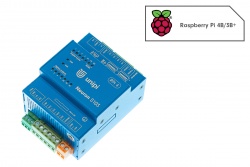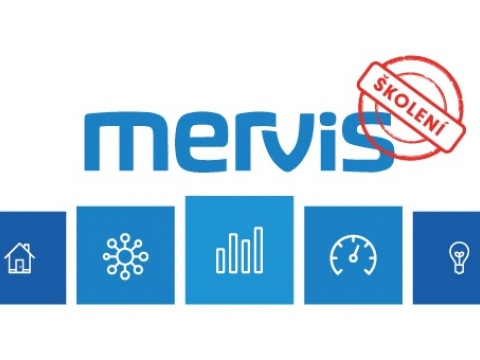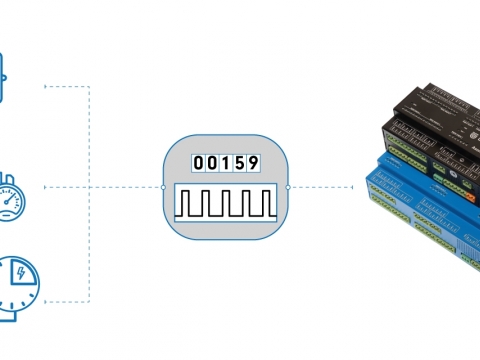
News
In today's time of constant increases in energy prices, it is important to start thinking about the possibilities of affordable energy-saving solutions. That is why we interviewed the CEO of Unipi technology, Adam Škorpík. Find out what he recommends.
What cost-saving solutions can we implement already in the range of a few tens or hundreds of euros?
The most important thing is actually the state before saving solutions. The first investment should be aimed at monitoring and thus finding out what the average consumption cost of the entire household is for individual time periods (e.g., winter vs. summer). If we know the type and exact place of consumption, then we also know in which direction to apply energy-saving solutions.
Monitoring can be solved in several ways, for example by investing in monitoring devices, such as our control units, which store data in a database. From that, we simply read the energy consumption, where it is the lowest and where it is the highest. We can also save the most on the highest consumption items.
What structural modifications can we make to the house or apartment in order to reduce high energy losses?
Once we monitor energy consumption, we can easily detect unnecessary leaks. Structural modifications should then prevent these leaks. Among the cheaper ones, it is enough, for example, to be able to separate the individual sections of the house (as it is not necessary to heat to high temperatures in each section, etc.), or to be careful to not have covered radiators and heating elements. In general, do not obstruct the passage of heat in the rooms and systematically, correctly, ventilate.
Savings can also be made in the case of water consumption. Instead of a long bath, sometimes have just a short shower.
More extensive construction modifications then include the replacement of windows and proper insulation.
What are the most common mistakes people make when trying to save energy?
They don’t detect the initial state of their energy consumption – in other words, they don’t monitor their current situation. Usually, they start trying to save where they don't have the greatest consumption, or even where saving is not needed at all.
What about solar panels, heat pumps, or various energy-saving boilers? How big of an investment can it be, and will it return to us?
It is always important to consider the total consumption, type, and size of the object. Greater consumption also results in greater investment savings. But it is essential to look at the mentioned initial state - i.e., reducing consumption is the best saving. And once we know where the biggest energy loss is, then focus on it.
At the moment when we invest in energy-saving solutions such as solar panels, various boilers, or heat pumps, it is generally advisable to focus on those solutions that have a return on the initial investment in, at most, half of their lifetime.
You mentioned initial status and monitoring. Could you recommend any specific solutions?
Certainly. Electricity meter and PLC (ideally, the data will be continuously stored in the database). Open-source solutions, such as Node-RED, or the Mervis ecosystem can be used as software. Those offer the possibility of programming the correct reading, through saving in a full-fledged database, to a simple and intuitive display of stored data.
Thanks to the data, it is then possible to make a detailed consumption analysis. It is possible to approach it professionally or like a layman. Based on the results, the most suitable economical solution can be proposed with regard to the payback period and the long-term sustainability of the solution.
Adam Škorpík
CEO Unipi technology




